Welcome to The Lyon Collection!
Ukiyo-e Prints in the Mike Lyon Collection
Mike Lyon (artist b. 1951) was fortunate to have grown up familiar with Japanese prints. In his youth Lyon’s parents and grandparents displayed examples that certainly inspired his own artistic development. He began acquiring Japanese color woodcuts early in his career as an artist. The types of prints that feature most prominently among the many hundreds in Lyon's collection reflect the artist’s deep appreciation of the human figure and the expressive facial portrait. The vast majority of Japanese prints in the Lyon collection represent views of actors yakusha-e) and beautiful women (bijin-ga), and in particular the close-up, bust-length portraits of the same (okubi-e).
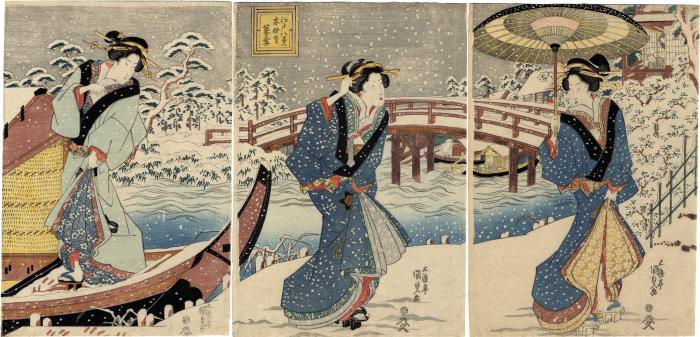
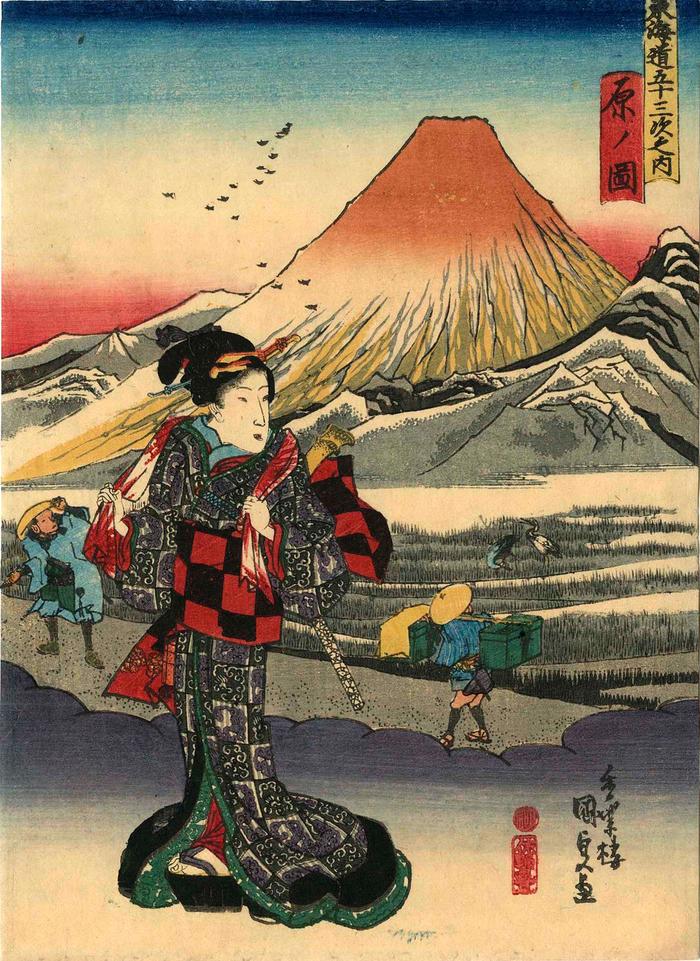
![Bandō Shūka I as Danshichi’s wife Okaji (団七おかぢ) on the left and Seki Sanjurō III as the wife of Giheiji (義平次ばゞア) of Mikawa-cho in the play <i>Shinzō tsurifune kidan</i> [新造艣奇談?]](https://woodblockprint.org/media/lyon_collection/images/5/96686_ca_object_representations_media_540_large.jpg)
![Volume 1 of <i>Gaten Tsūkō</i> [画典通考]](https://woodblockprint.org/media/lyon_collection/images/2/0/6708_ca_object_representations_media_2074_large.jpg)
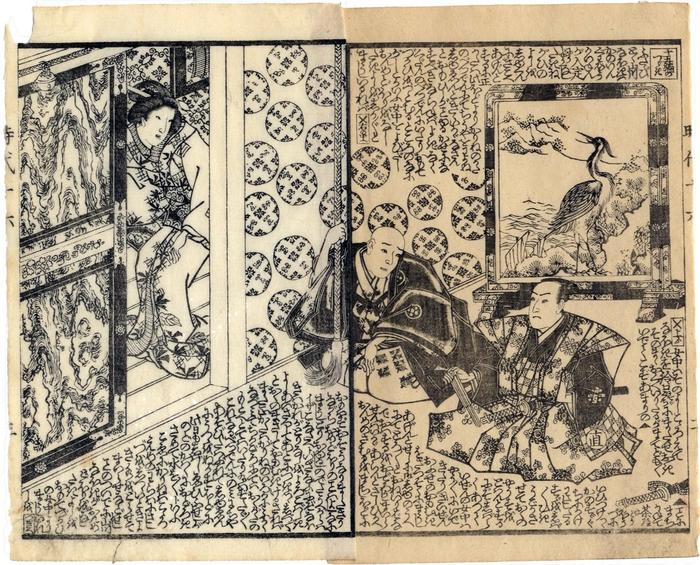
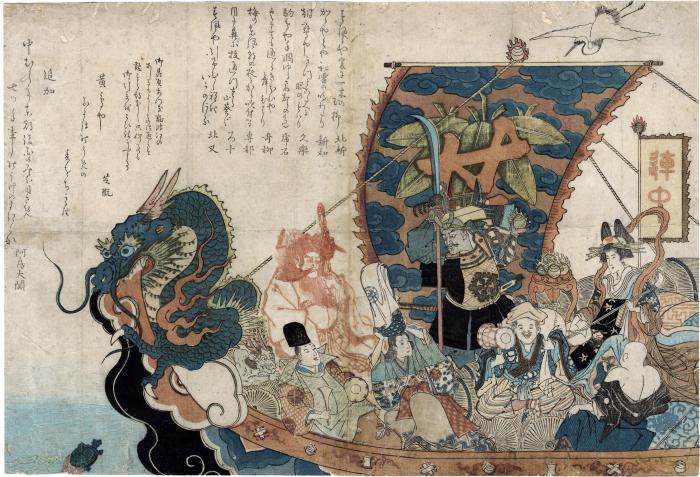

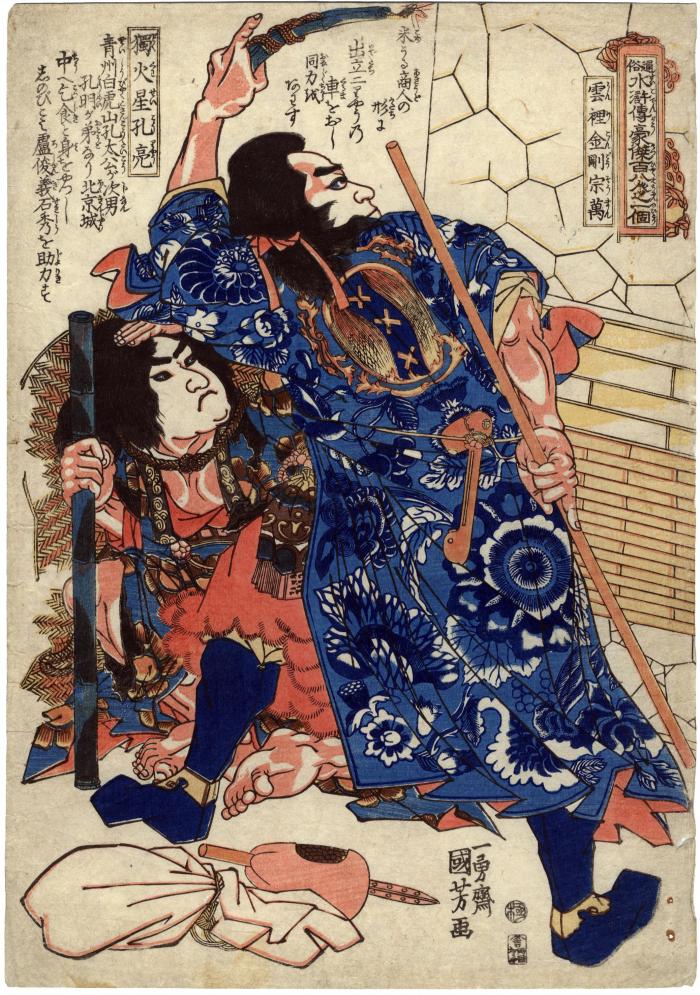
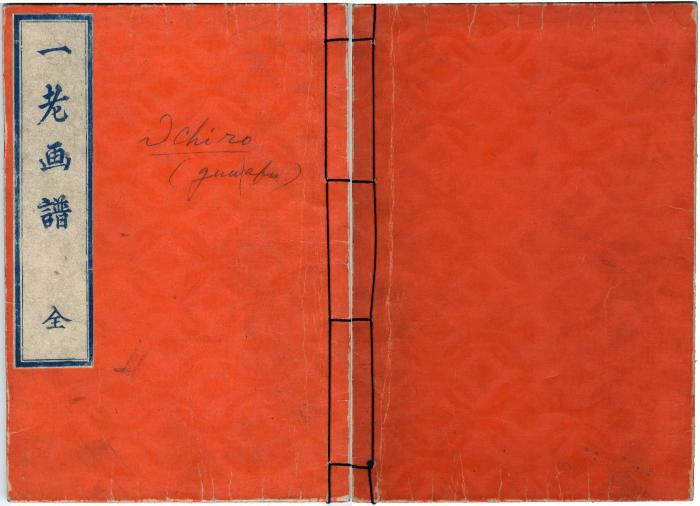
![Satō Shirō Tadanobu (佐藤四郎忠信) brandishing a <i>go</i> board [<i>Goban Tadanobu</i> - 碁盤忠信]](https://woodblockprint.org/media/lyon_collection/images/1/4140_ca_object_representations_media_180_large.jpg)